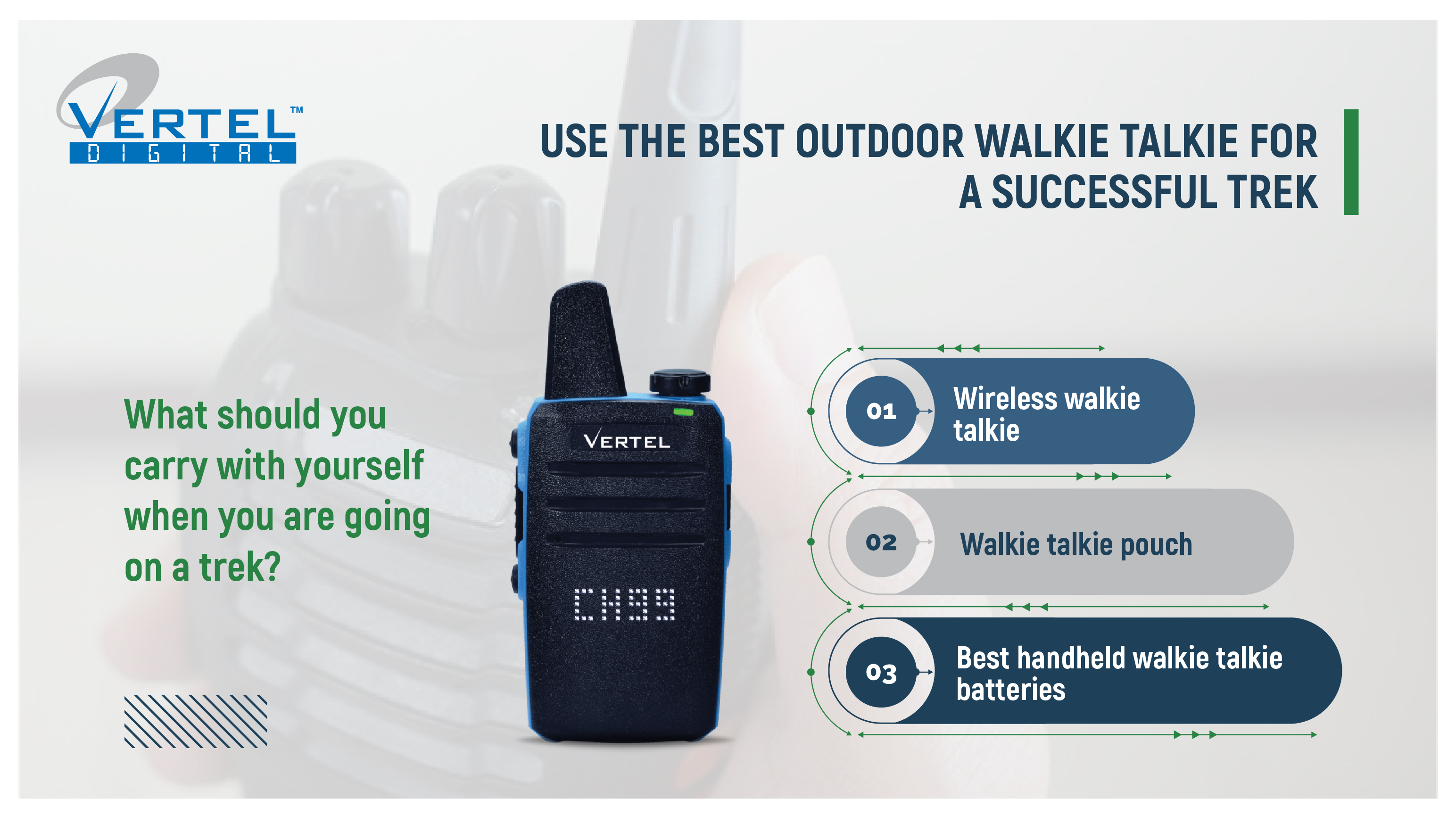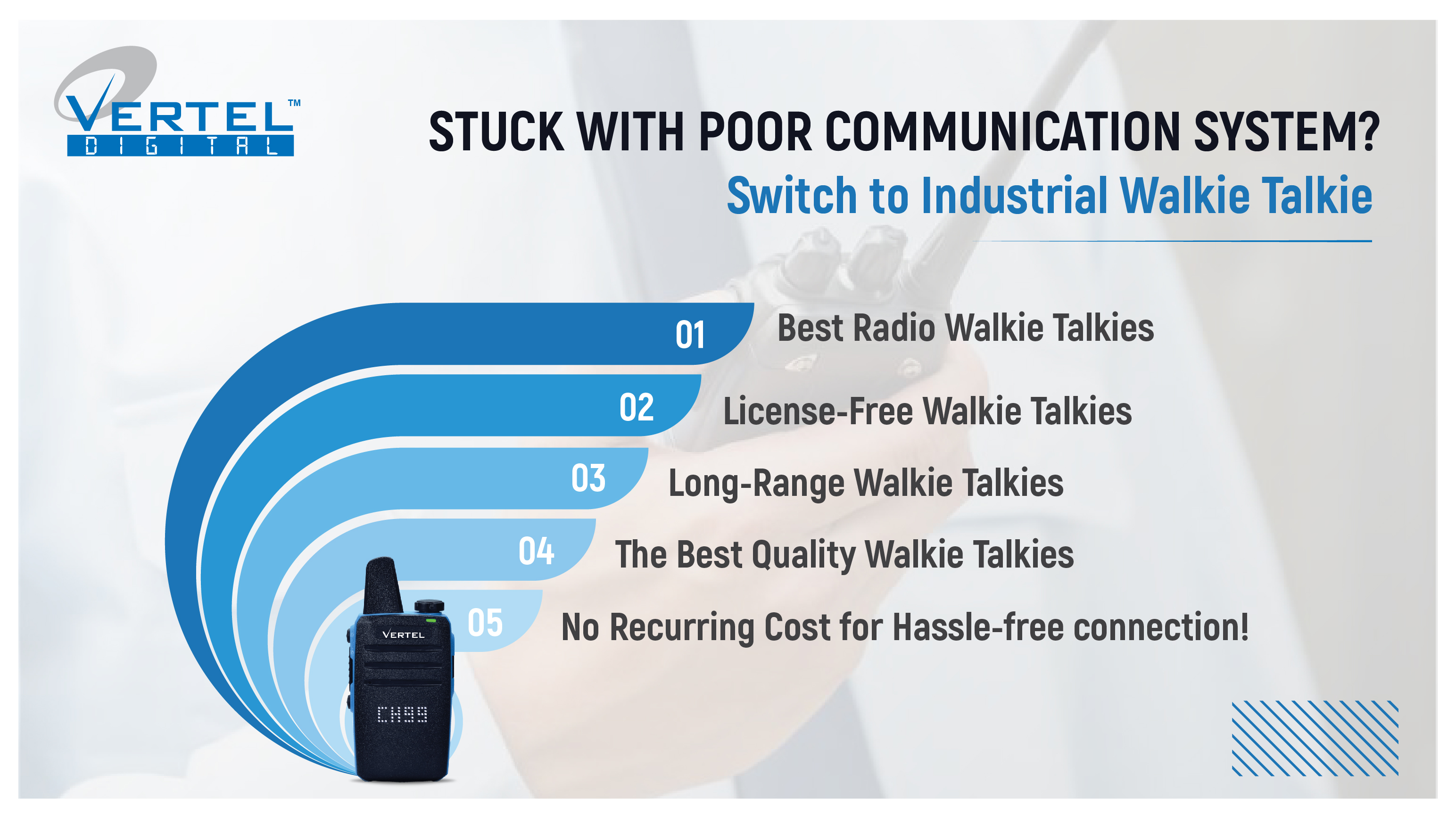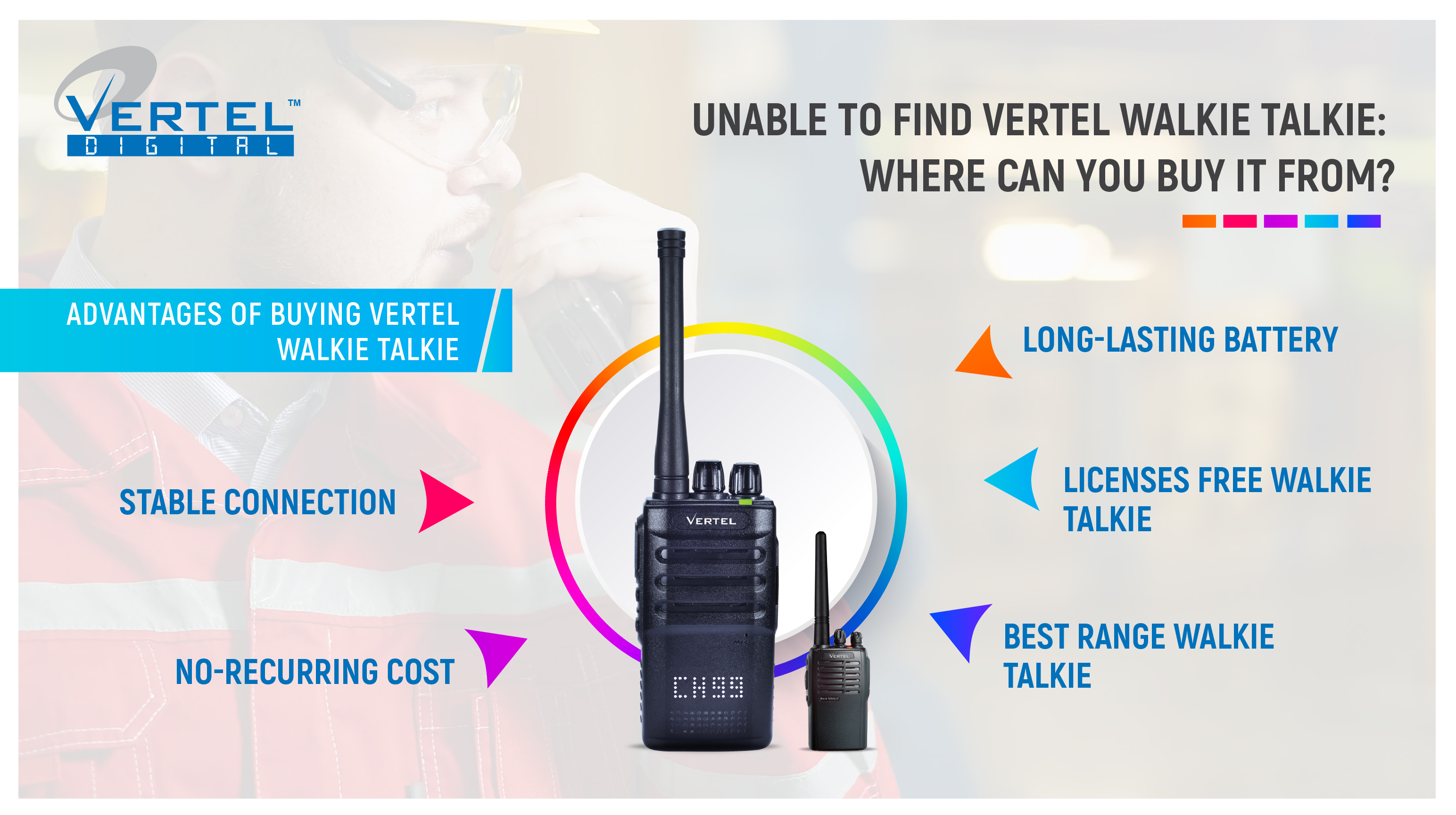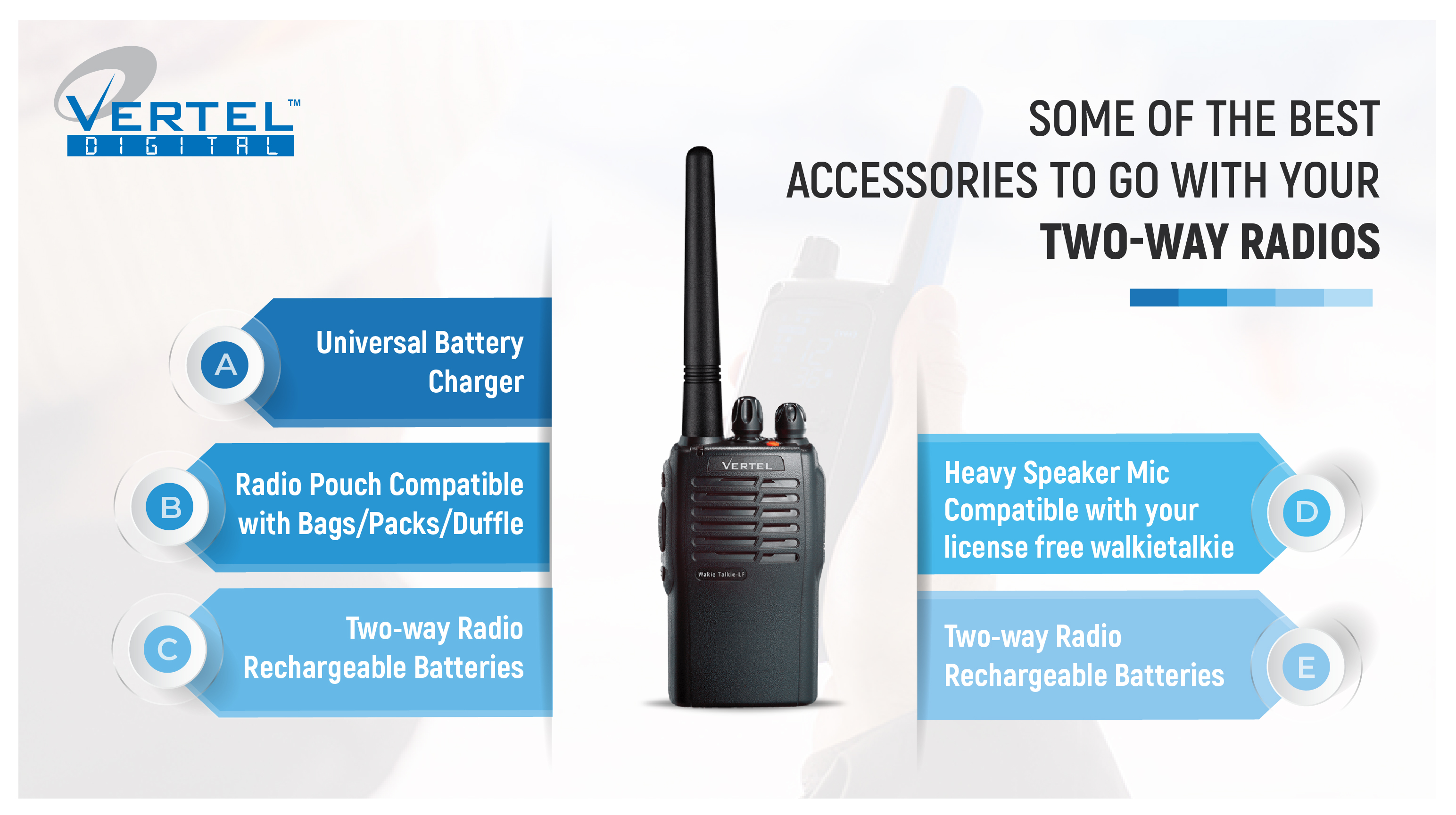How Do The Best Handheld Walkie Talkies Work
People might consider walkie talkies as a traditional device that were overtaken by cellphones but that is actually not the case at all. While mobile phones maybe brilliant devices of man-made creation, they do have a major drawback. They cannot prove to be functional in an emergency situation where there is no network. Walkie talkies, however, are best suited for emergency situations and can offer communication despite a lack of network.
With the availability of the half-duplex channel, the best handheld walkie talkies allow for the communication to not be chaotic. Cell-phones allow you to cut a conversation and start talking any time but with a walkie talkie, there’s the PTT (Push-to-Talk) feature, allowing only one person to talk at a time.
Here’s how these compact devices work.
Radio Signals
Whenever you press the PTT button on your long range walkie talkies and communicate, your voice is converted into radio signals. These radio signals then become a part of the electromagnetic spectrum wherein they travel at the speed of light and reach the channel which you share your devices with and aim your signals towards.
There are situations some times when you might witness interference in your communication. This happens because frequencies are not infinite, so with too many frequencies sharing the airways, it becomes difficult for the communication to pass through. However, with changing times and increasingly developing technology, manufacturers are developing walkie talkies that brave through jammed airways.
FRS/GMRS radios
When it comes to communication via wireless walkie talkie the government sets frequencies for different industries. FRS (Family Radio Service) and GMRS (General Mobile Radio Service) are the frequencies that have been allocated for public use which operate at 460 MHz. FRS radios operate at a power of 0.5 watts, so they only allow for a short range walkie talkie communication and that does not interfere with any other channel. GMRS devices, on the other hand, are a lot more powerful operating at a power of 5 watts and thus offer long range communication which can also be boosted using repeaters. Thus, only licensed radios can use GMRS.
CTCSS/DCS
With an industrial walkie talkie what sometimes happens is you end up hearing a stranger’s voice on your device. This happens when the two of you might be on the same channel. To prevent this, walkie talkies are now developed with technologies known as CTCSS and DCS. CTCSS (Continuous Tone-Code Squelch System) and DCS (Digital-Coded Squelch) encoding effectively eliminate anything like this from happening.













